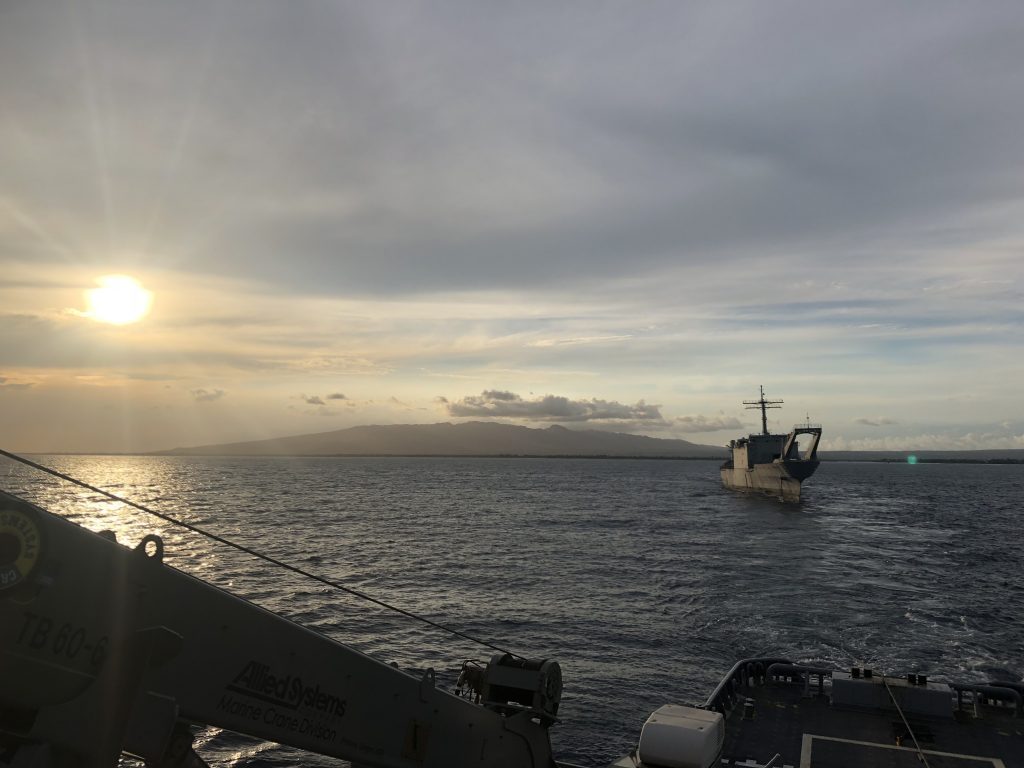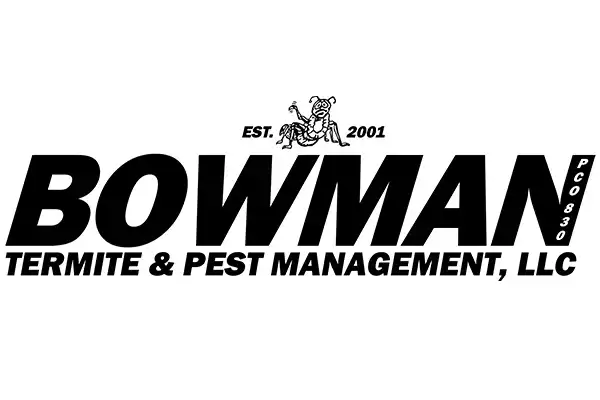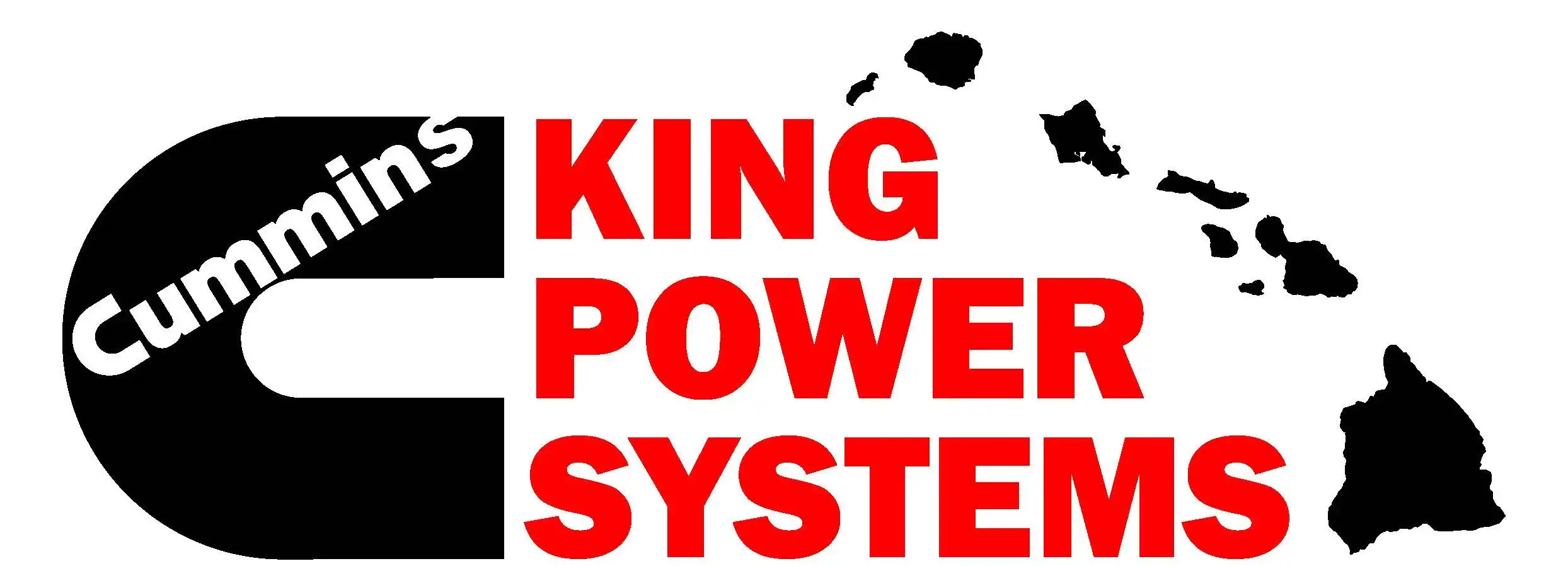RIMPAC Units Participate in Sinking Exercise off Kaua‘i
Live fire from aircraft, a submarine, and land assets participating in the Rim of the Pacific exercise sank the decommissioned ex-USS Racine on Thursday, July 12 in waters 15,000 feet deep, 55 nautical miles north of Kauaʻi.

The decomissioned Navy landing ship-tank Ex-Racine, travels behind the Military Sealift Command fleet ocean tug on tow lines as it is delivered to RIMPAC 2018’s designated target area in preparation for sinking exercises (SINKEX). Sioux’s tow support is part of MSC’s ongoing participation in this year’s RIMPAC exercise in Hawaiʻi. Photo by Sarah Burford/Military Sealift Command Pacific
Units from Australia, Japan, and the US participated in the sinking exercise, which provided them the opportunity to gain proficiency in tactics, targeting and live firing against a surface target at sea.
“Today, we demonstrated the lethality and adaptability of our joint forces in the maritime environment,” said Admiral Phil Davidson, Commander, US Indo-Pacific Command. “As naval forces drive our enemies into the littorals, army forces can strike them. Conversely, when the army drives our enemies out to sea naval firepower can do the same.”
The sinking exercise or SINKEX featured live firing of surface-to-ship missiles by the Japan Ground Self-Defense Force and a Naval Strike Missile from a launcher on the back of a Palletized Load System by the US Army.
This marks the first time a land-based unit has participated in the live-fire event during RIMPAC. This year was also the first time a Royal Australian Air Force P-8A Poseidon aircraft has participated in a SINKEX during RIMPAC.
“With numerous warships, allied submarines, multiple strike aircraft and multi-domain land forces participating, this SINKEX was an extremely valuable part of RIMPAC,” said Royal Canadian Navy Rear Adm. Bob Auchterlonie, deputy commander of the RIMPAC Combined Task Force. “SINKEXs are an important way for us to test our weapons and weapons systems in a way that provides our ships’ companies, our submariners, our aircrews, and our land forces with the most realistic training possible.”
Former US Navy vessels used in SINKEXs, referred to as hulks, are prepared in compliance with regulations prescribed and enforced by the Environmental Protection Agency under a general permit the US Navy holds pursuant to the Marine Protection, Research and Sanctuaries Act.
Each SINKEX is required to sink the hulk in at least 1,000 fathoms (6,000 feet) of water and at least 50 nautical miles from land. Surveys are conducted to ensure that people and marine mammals are not in an area where they could be harmed during the event.
Prior to the vessel being transported for participation in a SINKEX, each vessel is put through a rigorous cleaning process, including the removal of all polychlorinated biphenyls, transformers and large capacitors, all small capacitors to the greatest extent practical, trash, floatable materials, mercury or fluorocarbon-containing materials and readily detachable solid PCB items. Petroleum is also cleaned from tanks, piping and reservoirs.
A US Navy environmental, safety and health manager and a quality assurance supervisor inspect the environmental remediation conducted in preparation of a vessel’s use in a SINKEX. Upon completion of the environmental remediation, the manager and supervisor provide signed certification of the work in accordance with EPA requirements.
Ex-Racine was the second ship to bear the name of the Wisconsin city. The ship was the 13th of 20 ships of the improved Newport-class of Landing Ship, Tank (LST) built to replace the traditional LSTs of World War II. Throughout Racine’s 22 years of service, the ship conducted several Western Pacific deployments including one during the Vietnam War where Racine provided troop and material transport.
Twenty-five nations, 46 ships, five submarines, and more than 200 aircraft and 25,000 personnel are participating in RIMPAC from June 27 to Aug. 2 in and around the Hawaiian Islands and Southern California.
RIMPAC organizers say the world’s largest international maritime exercise provides a unique training opportunity while fostering and sustaining cooperative relationships among participants critical to ensuring the safety of sea lanes and security on the world’s oceans.
RIMPAC 2018 is the 26th exercise in the series that began in 1971.










